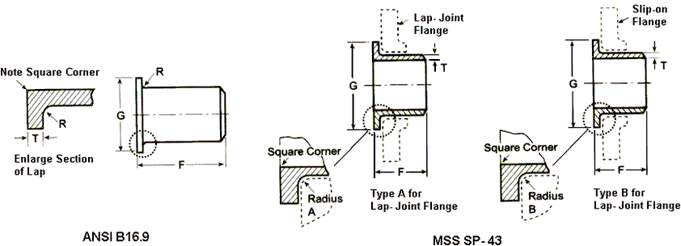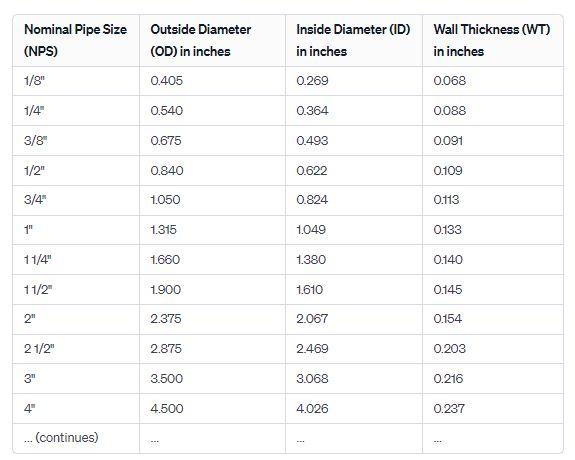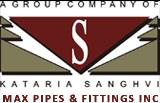Understanding Pipe Fitting Size Chart for Easy Selection
Pipes and fittings are the arteries of any plumbing or industrial system, and their seamless integration relies heavily on accurate sizing. Whether it’s for household plumbing, industrial applications, or construction projects, having a clear understanding of pipe fitting sizes is crucial. To simplify this process, we've compiled an extensive pipe fitting size chart along with essential insights to aid in your selection process.
Why Pipe Fitting Sizes Matter
Pipe fittings serve the critical role of connecting, diverting, or controlling the flow within a piping system. Accurate sizing ensures leak-free connections, optimal flow rates, and overall system efficiency. Understanding the dimensions and compatibility of fittings is fundamental in achieving a properly functioning system.
The Basics of Pipe Fitting Sizes

Pipe fitting sizes are typically categorised by their diameter, either in nominal pipe size (NPS) or outside diameter (OD). The NPS represents the approximate inside diameter of the pipe, while the OD refers to the actual outside diameter.
Common Pipe Fitting Types

- Elbows These fittings allow for directional changes in piping systems, typically available in various angles (90 degrees, 45 degrees, etc.).
- Tees: Tees allow for a branch connection, enabling the flow in two directions perpendicular to the main pipe.
- Reducers: Reducers assist in transitioning between pipes of different diameters, facilitating a smooth flow.
- Couplings: Couplings are used to join two pipes of the same diameter, ensuring a secure connection.
Pipe Fitting Size Chart in inches
Below is a comprehensive pipe fitting size chart that covers various common sizes and imensions:

*Note: These dimensions are standard and may vary depending on material and specific fittings.*
Using the Pipe Fitting Size Chart
- Identifying Fitting Sizes: Match the required nominal pipe size or outside diameter of the pipe with the appropriate fitting dimensions in the chart.
- Understanding Wall Thickness: Consider the wall thickness when selecting fittings, especially in applications where pressure or corrosion resistance is a concern.
- Material Compatibility: Ensure that the material of the fittings aligns with the material of the pipes for compatibility and longevity.
- Application Specifics: Take into account factors like pressure ratings, temperature variations, and environmental conditions for suitable fittings.
Conclusion
A comprehensive pipe fitting size chart simplifies the selection process, enabling efficient and accurate fitting choices for various plumbing or industrial systems. Understanding the dimensions and types of fittings ensures seamless integration and functionality within any piping network.
Remember, while this chart provides a general overview, consulting industry standards, specific material specifications, and considering application requirements is crucial for precise and optimal fitting selections.
Armed with this knowledge and the provided chart, navigating the world of pipe fittings becomes a far more manageable task, facilitating smooth installations and reliable system operations.
